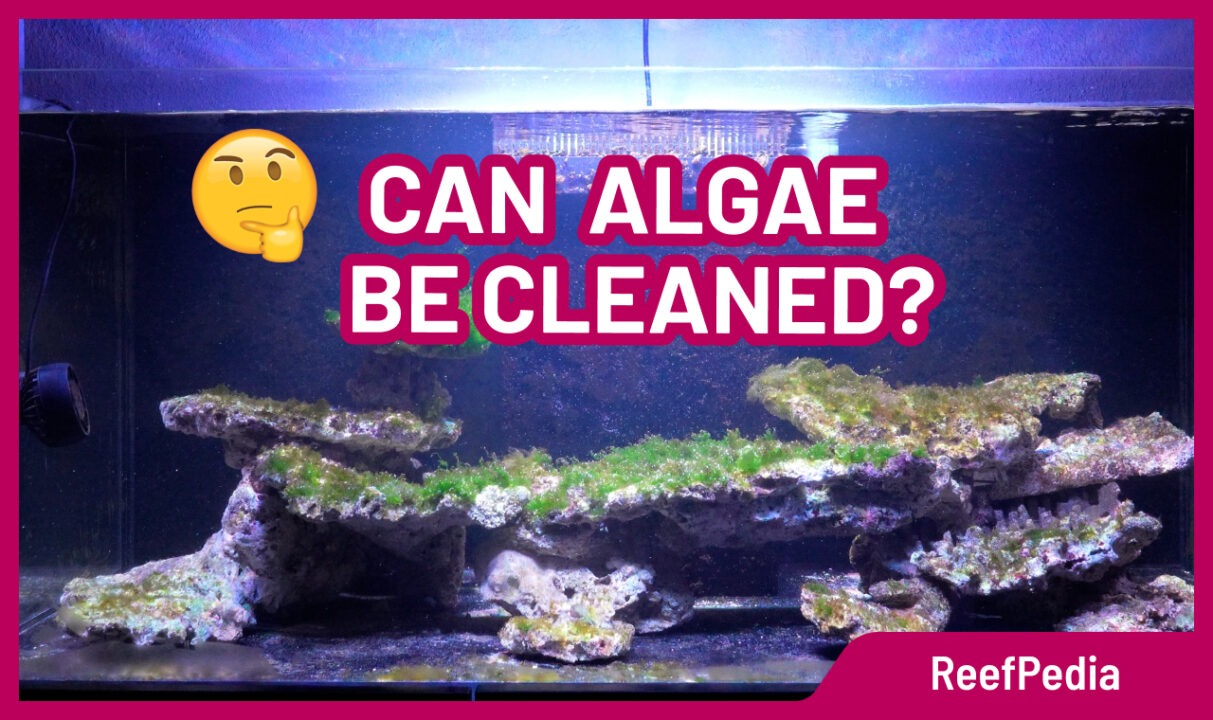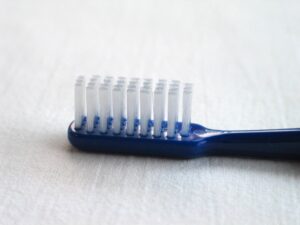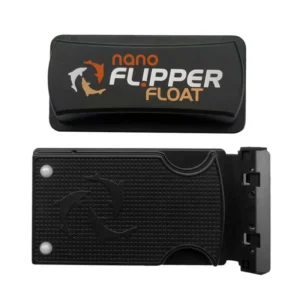Table of Contents
Tank maturation and algae growth
Maturing a marine aquarium is a process in which the tank goes through various stages of biological stabilization. One of the most visible elements of this phase is the growth of algae. This raises the question: can and should they be cleaned? The answer is yes, algae can be cleaned, but it should be done with caution to avoid disrupting the maturation process.
Where do algae come from?
During the maturation of a marine aquarium, algae appear as a natural response to the presence of light, carbon dioxide, and an excess of nutrients such as phosphates and nitrates. In marine aquariums, particularly in the early stages of maturation, diatoms, cyanobacteria, and filamentous algae can dominate, which are characteristic of this environment.
Can algae be cleaned?
Yes, algae can and should be cleaned in a marine aquarium, especially if their excess begins to negatively affect the biological balance of the tank. Excess algae can lead to imbalances in phosphate and nitrate levels, which may later complicate the introduction of more demanding organisms. Removing algae at this stage helps prepare the environment for future inhabitants, such as corals and fish. However, it is important to approach this with moderation and not attempt to remove all the algae at once, as they play a crucial role in stabilizing a newly established aquarium. By removing algae, the aquarist also removes the phosphates and nitrates consumed by them, which helps limit their regrowth.
Methods for removing algae
- Mechanical removal and siphoning
Mechanical removal of algae is one of the simplest and most commonly used methods. In marine aquariums, regular cleaning of the glass with magnetic cleaners and scrubbing the rocks with a soft brush is recommended.
However, it is crucial to pay special attention when using a magnetic cleaner to avoid trapping a grain of sand, which could scratch the glass or acrylic.
Additionally, siphoning algae from the surface of rocks and substrate using a gravel vacuum is an effective method that allows for the removal of both algae and accumulated organic debris. Siphoning is particularly useful in hard-to-reach areas and when dealing with larger amounts of algae that could contaminate the water after they die off.
- Cleaning crew
In marine aquariums, the so-called cleaning crew plays an excellent role in controlling algae. This crew includes snails, crabs, shrimps, starfish, and sea cucumbers. Some of these organisms feed on algae, helping to naturally control their population and keep the aquarium clean. However, it is essential to carefully select the appropriate species for the cleaning crew to avoid conflicts with other aquarium inhabitants.
You can find more details about the cleaning crew in my article on – The aquarium cleaning crew.
IMPORTANT: I advise against using chemical treatments to remove algae during the maturation phase of the aquarium. Moreover, while reducing light levels is often recommended as a method to limit algae growth, I recommend not altering the established light intensity and schedule during the tank’s maturation phase.
What happens to dying algae?
As the marine aquarium matures and water parameters stabilize, excess nutrients are reduced by developing nitrifying bacteria, and the biological balance begins to stabilize. Consequently, algae start to die off. This process is characterized by the gradual fading of the algae, which eventually completely disappear. The amount of nutrients significantly decreases, causing the algae to starve and die. Dying algae decompose, which can lead to a temporary increase in phosphate and nitrate levels in the water. Therefore, it is important to regularly remove dead algae from the aquarium to prevent water contamination and deterioration in water quality.
Conclusion
Cleaning algae in a marine aquarium is not only possible but also recommended, including during the tank maturation phase. Appropriate mechanical removal, siphoning, and introducing a cleaning crew are effective methods for removing unwanted algae from a marine tank. It’s also important to remember that often not interfering with the tank’s maturation process, thus allowing algae to grow freely, can also be a solution. Many aquarists say: “algae came on their own, and they will leave on their own.” Maintaining calm and patience during such an important stage as tank maturation is usually the key to success.
About the author

Grzegorz Bubak
My fascination with marine aquariums began over two decades ago when I stumbled upon an article about this topic in a magazine. Since then, the underwater world has become my obsession and passion, shaping my everyday life. I started my adventure with marine aquariums with soft corals, which were my first step into this fascinating world. Over time, captivated by the diversity and beauty of SPS corals, I decided to focus on their cultivation, which continues to fill me with constant wonder.
Thanks to my experience and passion for marine aquariums, I am ready to share my knowledge and expertise with other enthusiasts in this field. I am happy to be part of the Reef Pedia community, which serves as an invaluable source of information for all marine aquarium lovers.




